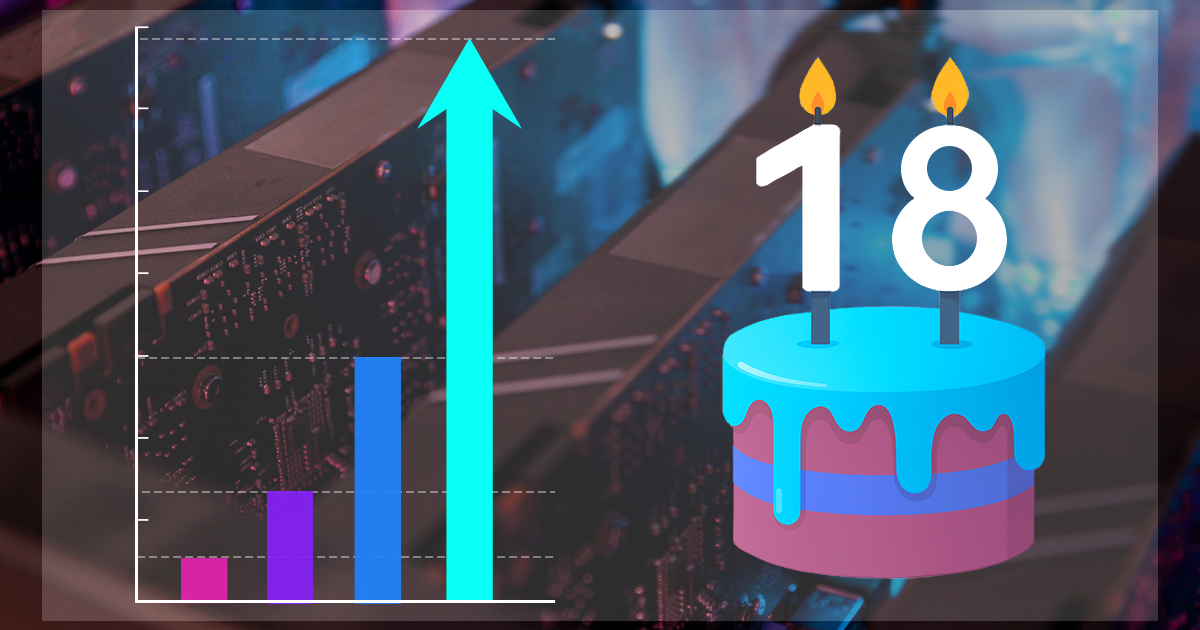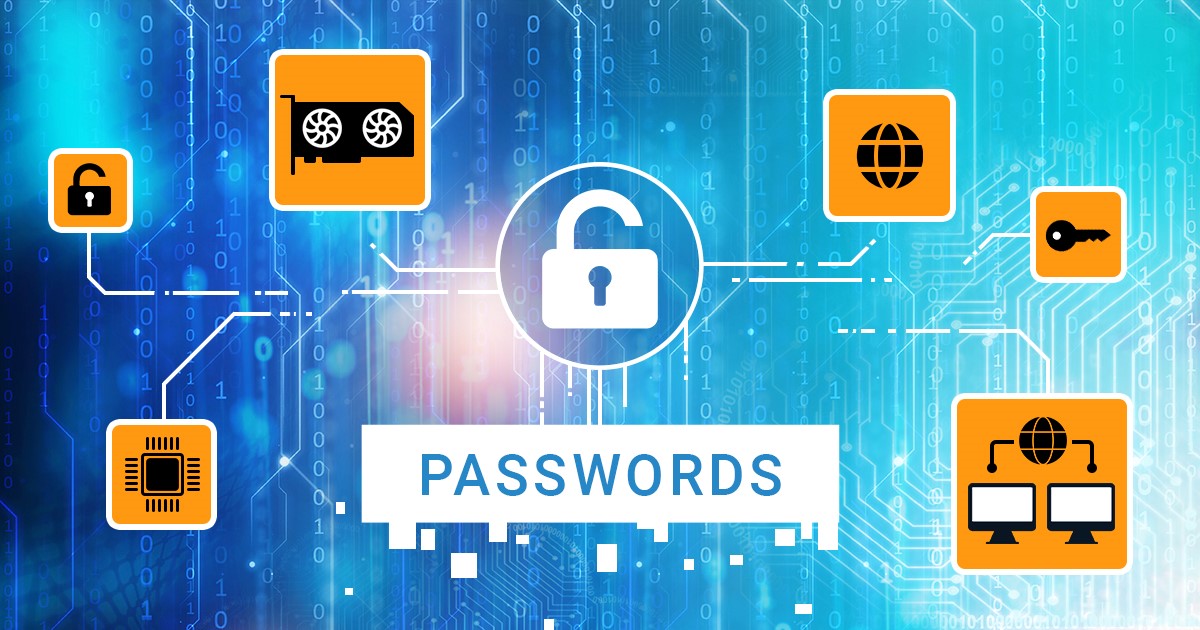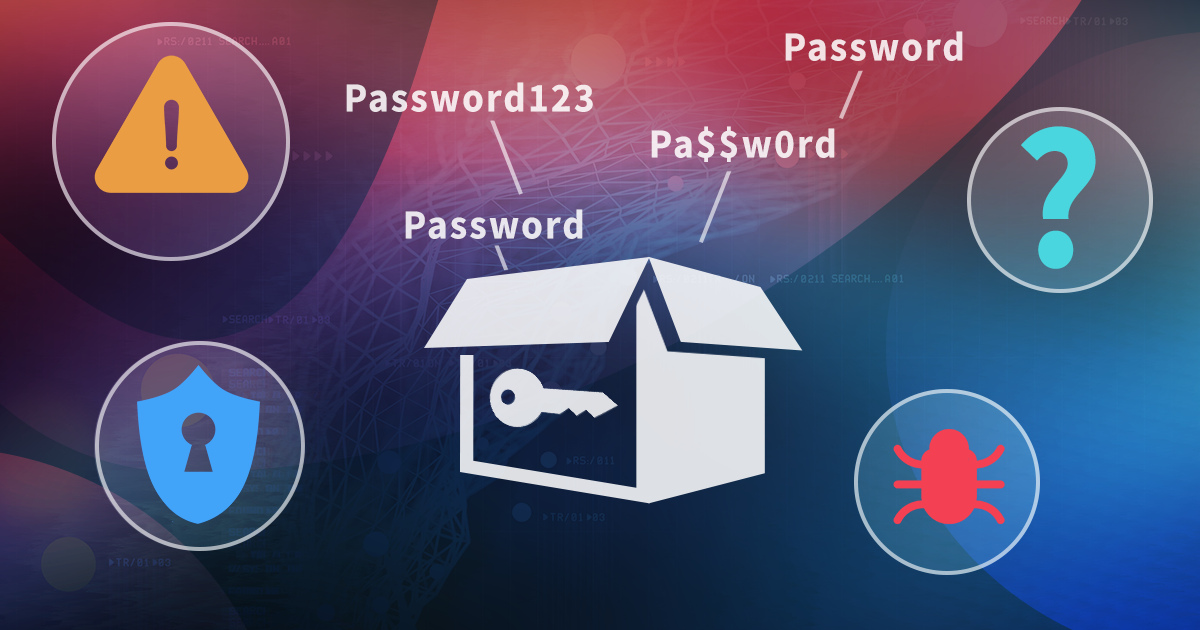Hashcat is a great, free tool competing head to head with the tools we make. We charge several hundred dollars for what, in the end, can be done with a free tool. What are the reasons for our customers to choose ElcomSoft products instead of Hashcat, and is the expense justified? We did our best to compare the two tools to help you make the informed decision.
How secure are your chats in your favorite instant messenger? Can someone intercept and read your secret conversations, and can you do something about it? Apple users have access to the highly popular instant messaging system, the iMessage. But how secure it really is? Let’s find out.
2FA, Apple iCloud, EIFT, Elcomsoft iOS Forensic Toolkit, Elcomsoft Phone Breaker, Elcomsoft Phone Viewer, EPB, EPV, iMessage, iTunes backup, passcode
Intuit Quicken is one of the oldest tools of its kind. Over the years, Quicken had become the de facto standard for accounting, tax reporting and personal finance management in North America.
Today, we have an important date. It’s been 13 years since we invented a technique that reshaped the landscape of modern password recovery. 13 years ago, we introduced GPU acceleration in our then-current password recovery tool, enabling the use of consumer-grade gaming video cards for breaking passwords orders of magnitude faster.
We have plugged the last gap in the range of iOS builds supported on the iPhone 5s and 6. The full file system extraction and keychain decryption is now possible on these devices regardless of the version of iOS they are running – at least if that’s iOS 9 or newer. For all other iOS devices up to and including the iPhone 11 Pro Max, we can extract them without a jailbreak if they are running iOS 9 through 13.5 without exceptions. Read how we made this possible.
We all have habits. Morning coffee (no sugar, just some milk), two eggs (sunny side up), reading mail wile you are not completely awaken, and a lot more. We all follow some kind of rules we have set for ourselves. We all have some favorites: names, cities and even numbers; maybe an important date or place. Can we exploit people’s habits to break their passwords effectively instead of using brute force? We can, and here’s the how-to.
Virtual machines use a portable, hardware-independent environment to perform essentially the same role as an actual computer. Activities performed under the virtual umbrella leave trails mostly in the VM image files and not on the host computer. The ability to analyze virtual machines becomes essential when performing digital investigations.
When connecting an iPhone to a computer for the first time, you’ll see the prompt asking you whether to trust the computer. Trusting a computer enables your phone and computer to exchange information. However, should the trusted computer fall into the wrong hands, the pairing record from that computer could be used to pull information from your iPhone. Learn about the risks associated with pairing records and how to block unwanted connections by untrusting connected computers from your iPhone.
The iOS backup system is truly unrivalled. The highly comprehensive, versatile and secure backups can be created with Apple iTunes. For the user, local backups are a convenient and easy way to transfer data to a new device or restore an existing one after a factory reset. For forensic experts, iOS backups are an equally convenient, versatile and easy way to obtain a copy of the user’s data without attempting to break into the device. In malicious hands, the backup becomes a dangerous weapon. Logins and passwords from the Keychain allow hackers accessing the user’s social accounts, messages, and financial information. A backup password can be set to protect local backups, but it can be removed just as easily shall the hacker have access to the physical iPhone and know its passcode. In this article, we’ll discuss how the Screen Time password can be used to further strengthen the protection of local backups.
iOS 14 is officially out. It’s a big release from the privacy protection standpoint, but little had changed for the forensic expert. In this article, we’ll review what has changed in iOS 14 in the ways relevant for the forensic crowd.


